| Planary Speakers | |
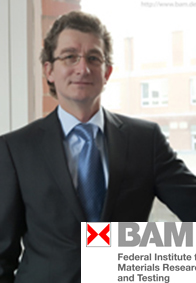 |
December 15, 2014 @ 09:15 - 10:00 Prof. Dr.-Ing. Thomas Böllinghaus [CV] 10 Global Materials Science and Engineering Trends The global challenges of our societies entail important research necessities and perspectives in the field of Materials Science and Engineering (MSE).The world-wide development in this trans-disciplinary area is continuously discussed in the World Materials Research Institutes Forum (WMRIF), the not-for-profit organization of more than 50 independent public research institutes...more |
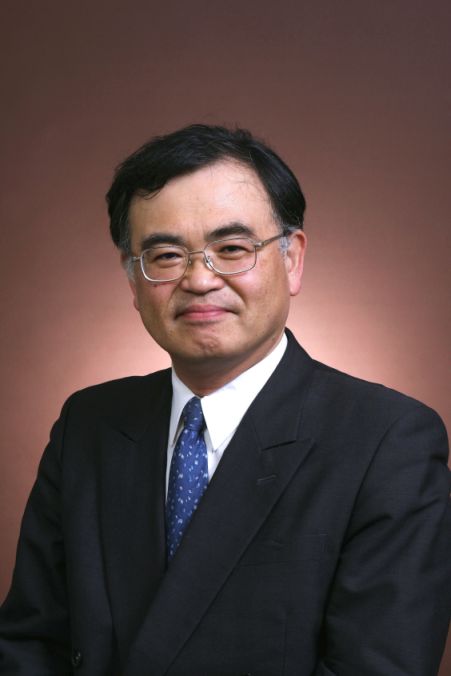 |
December 15, 2014 @ 10:00 - 10:45 Prof. Dr. Tatsumi Ishihara [CV] New Technology for Carbon Neutral Energy At present, climate change is the most serious issues in development of human society and development of low carbon society is strongly required. On the other hand, energy cost gradually increases in the last decay and so more environment compatible as well as highly efficient energy generator is demanded. From these point of view, several carbon neutral energy technologies will be introduced in this talk...more |
 |
December 16, 2014 @ 09:00 - 09:45 Mr. Tim Grant [CV] Sustainable Use of Materials Rather Than Sustainable Materials. - The Importance of LCA to Assessing Materials Performance It is recognised that materials contribute significantly to environmental degradation globally. It is logical then to search for alternative materials solutions which reduce the impact of materials on the environment. However materials also provide substantial benefits and utility when they are used, and it is in this context that their environmental impacts should be assessed...more |
| Invited Speakers | |
 |
December 16, 2014 @ 14:45 - 15:15 Asst. Prof. Dr. Sirithan Jiemsirilers [CV] Current Research on Geopolymer Technology
|
.jpg) |
December 16, 2014 @ 11:00 - 11:30 Dr. Suwat Jirathearanat [CV] Considerations in Sheet Metal Forming Simulation Numerical simulation has undoubtedly become an indispensable tool in sheet metal forming. Finite element analyses are now run routinely in the automotive industry to develop stamping process steps and corresponding dies. With certain simplifications and assumptions adopted in sheet metal forming FE simulation...more |
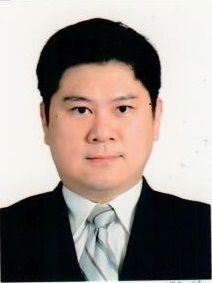 |
December 15, 2014 @ 13:00 - 13:30 Dr. Jaturong Jitputti High Emissivity Coating for Energy Saving in Steam Cracking Furnace The furnace walls in a steam cracker are lined with refractory, bricks and fiber materials having a relative low emissivity. By applying a "High Emissivity Coating" on the surface of the furnace walls, it is possible to increase the emissivity and thereby improve the thermal efficiency of the furnace box significantly. It was found that applying high-emissivity coating on the furnace walls of steam cracker improves the thermal efficiency of the furnace (∼3-6), which resulted in fuel savings, increased production and improved quality in firing and heat treating furnaces....more |
.jpg) |
December 15, 2014 @ 13:00 - 13:30 Assoc. Prof. Dr. Puangrat Kajitvichyanukul [CV] Environmental Nanotechnology: Application of Nanomaterials for Environmental Protection and Pollution Abatement Nanotechnology is emerging as one of the promising technologies for the environmental protection and pollutant abatement. Many types of nanomaterials have been used for organic and inorganic contaminant removal from water, air, and soil. Currently, many researchers investigate on the synthesis of the novel nanoscale materials and find a way to be used in environmental protection. However, the success of this technology is totally accounted on the properties and reaction mechanism of those invented materials.... more |
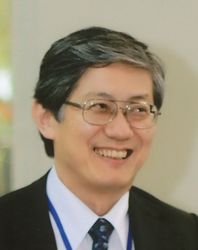 |
December 15, 2014 @ 11:00 - 11:30 Prof. Dr. Takeshi Kikutani [CV] Multi-Component Polymer Processing for Novel Applications In the polymer processing, control of the shape of products as well as control of the high order structure in the products is crucial since the characteristics of polymer products are known to vary significantly depending on their structural parameters such as molecular orientation and crystallinity. In this presentation, utilization of multi-component polymer processing for the better controllability of shape and high order structure will be discussed mainly focusing on the fibers and films of unique functionality....more
|
 |
December 15, 2014 @ 11:10 - 12:00 in Tribology Technical Session Prof. Dr. Yonggang Meng [CV] Active Control of Boundary Lubrication Interfaces of solid contacts in materials processing and machine elements under severe operation conditions are often lubricated by a thin boundary layer rather than a fluid film. In boundary lubrication, chemical properties of both the contacting solid surfaces and the lubricating media play a vital role in friction and wear. Therefore, most of the researches on boundary lubrication focus on effects of materials and tribochemistry, and not so much attention has been paid to the effects of physical means on boundary lubrication...more |
.jpg) |
December 15, 2014 @ 11:00 - 11:30 Assoc. Prof. Dr. Masahiro Miyauchi [CV] Novel Visible-Light-Sensitive Photocatalyt for Indoor Environmental Purification Efficient visible-light-sensitive photocatalyst has been developed based on the Cu(II) or Fe(III) nanoclusters grafted titanium dioxide (TiO2). We adopt the two novel concepts for developing the efficient photocatalysts, i. e. interfacial charge transfer for visible light absorption and multi-electrons reduction of oxygen molecules.1-10 When the nanoclusters of Cu(II) or Fe(III) amorphous oxides are grafted onto the TiO2 surface, electrons in the valence band of TiO2 can be excited to the surface nanoclusters through the interface under visible light irradiation...more |
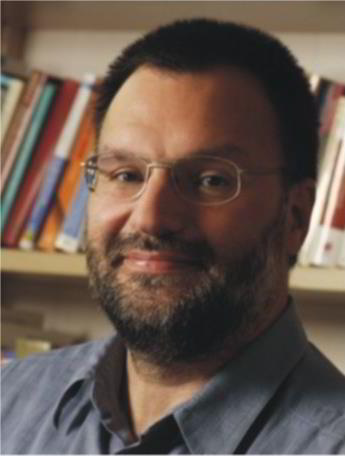 |
December 15, 2014 @ 11:00 - 11:30 Prof. Dr. Martin Muhler [CV] Carbon Nanotubes for Chemical Energy Conversion and Storage Carbon nanotubes (CNTs) are promising materials for numerous applications because of their unique mechanical, chemical, and electrochemical properties. Various carbon materials such as carbon fibers or carbon cloth can be used as support for the growth of CNTs. As highly effective surface treatments, the localized etching by water vapor and the exposure to nitric acid vapor are used to enhance the number of surface defects...more |
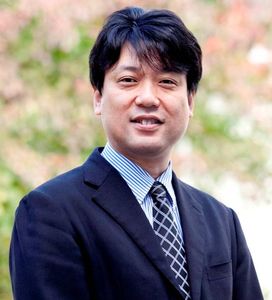 |
December 15, 2014 @ 13:00 - 13:30 Prof. Dr. Takayoshi Nakano [CV] Preferential Orientation of Biological Apatite Crystallites in Bone and Regeneration of Anisotorpic Bony Tissue Surrounding Metal Implants The bone mechanical property depends on both bone quantity and quality corresponding dominantly to bone mineral density (BMD: density of biological apatite) and the integrity of the internal architecture, respectively. BMD is correlated with bone strength, but is not a index accounting for all of bone mechanical properties. Thus, new indeces representing the bone quality have been investigated so far because bone is a well-organized hierarchical composite at various scale levels...more |
 |
December 15, 2014 @ 15:15 - 15:45 Prof. Dr. Hyung-Ho Park [CV] Transparent Electrode Material for Organic Light Emitting Diode by Atomic Layer Deposition A modified deposition procedure of zinc-metal dopant-oxygen precursor exposure cycle was demonstrated for better distribution of Al-dopants in ZnO (AZO) films by atomic layer deposition (ALD). It was to reduce the formation of nanolaminate thin films that might form with the typically used alternating ZnO and metal oxide deposition procedure. An introduction of a homogeneous AZO buffer layer showed an improvement of the performance of an organic light-emitting diode (OLED) device fabricated on an AZO anode...more |
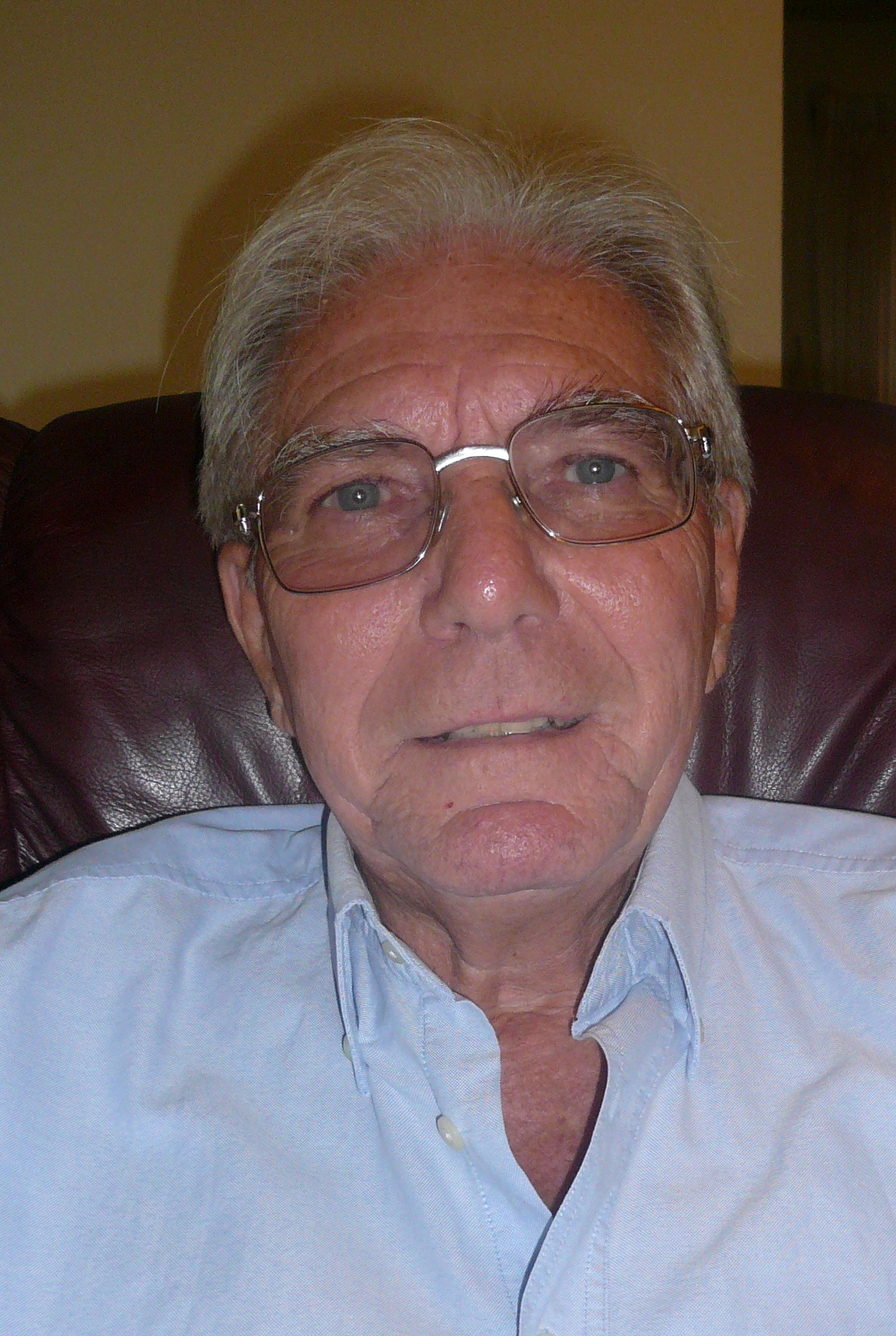 |
December 15, 2014 @ 11:30 - 12:00 Dr. John Thomas Harry Pearce [CV] Some Cast Irons are Special Most engineers are familiar with the general characteristics and uses of Grey (FC) and Ductile (FCD) Cast Irons especially through their application as vehicle parts such as engine blocks, brake drums and discs, exhaust manifolds and wheel hubs, etc. Less well known are the types of cast irons which are alloyed with elements such as Cr, Ni, Mo, Si, V, Cu, etc. and heat treated, where required, in order to provide special properties such as abrasion, corrosion and heat resistance – these irons are often called the “Special Cast Irons”... more |
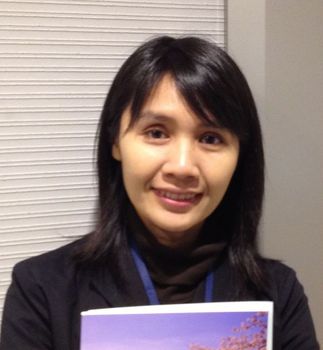 |
December 16, 2014 @ 13:00 - 13:30 Asst. Prof. Dr. Kedsarin Pimraksa [CV] Binding Phases in Construction Materials Binding phases in construction materials nowadays tend to be produced in more friendly environmental way because of world-energy crisis and -ecology constraint. The most famous binding materials which have been using since many decades ago are aluminosilicate glassy phases and Portland cement (PC) for fired and unfired products, respectively. Compared with ceramic industry, cement industry suffers the blames of much greater CO2 emission and higher energy consumption....more |
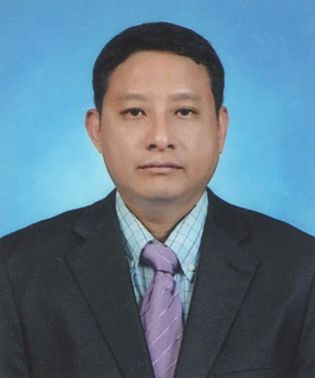 |
December 15, 2014 @ 15:45 - 16:15 Prof. Dr. Gobwute Rujijanagul [CV] Electrical Properties of Ba(Zr0.07Ti0.93)O3/ Co Composites Effects of Co nanoparticles on the magnetic, ferroelectric and dielectric properties of Ba(Zr0.07Ti0.93)O3/ Co composites were investigated. The composites were fabricated by a solid-state reaction technique. The additive suppressed grain growth, resulting in an approximately 12-fold decrease in average grain size. M-H hysteresis loops showed an improvementin the magnetic behavior for higher Cocontent samples plus modified ferroelectric properties...more |
 |
December 16, 2014 @ 11:00 - 11:30 Dr. Somboon Sahasithiwat [CV] Organic Light-Emitting Materials based on [5]Helicene Derivatives A series of new emitters based on a [5]helicene core structure were synthesized and characterized. They were engineered to allow effective internal charge transfer in order to facilitate them to reach high fluorescence quantum yield. Two electron donating groups are attached at position 3 and 12 of a helicene while one or two withdrawing groups are located at position 7 and 8 of a helicene forming a -shape electron push-pull system. The donor and acceptor groups were varied in order to obtain a variety of compounds.... more |
.jpg) |
December 16, 2014 @ 11:00 - 11:30 Prof. Dr. Piti Sukontasukkul [CV] Advance Researches on Fibre Reinforced Concrete in Thailand Concrete is the most use construction material on earth due to its excellent compressive strength, mold-ability and cost effectiveness. However, concrete does have disadvantages on its poor tensile strength and toughness (brittleness). When fibres reinforced concrete (FRC) was first invented, it is aimed mainly to reduce concrete brittleness and provide toughness to concrete. In FRC, small short fibres are uniformed distributed over the body of concrete with main purposes to intercept, slow down and/or even stop crack propagation...more |
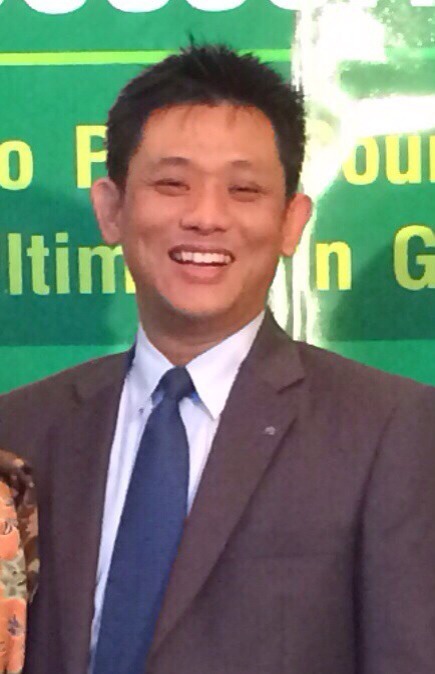 |
Mr. Suphot Sukphisarn [CV] Thai Auto-parts Trend, Surface Treatment Development and Thai Parker Direction |
 |
December 15, 2014 @ 11:00 - 11:30 Assoc. Prof. Chalermwat Tantasavasdi [CV] Integrative Design for Sustainable Living Integrative design represents a holistic architectural design approach that takes various aspects of users’ requirements into account along with environmental concerns. In the current and future changing climaticconditions, a number of passive cooling techniques are proved necessary for creating desirable comfort conditions for living. This lecture presents the attempts to create architectural innovations from such approach for the sustainable future, where resources are efficiently utilized while the quality of lives is still maintained.
|
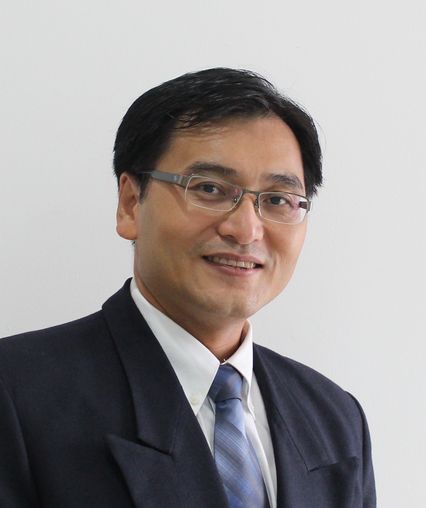 |
December 16, 2014 @ 11:00 - 11:30 Prof. Dr. Pasutha Thunyakitpisal [CV] New Era of Aloe vera as Biomaterial for Tissue Regeneration Aloe verahas been recognized as a medicinal herb for enhancing skin wound healing. Recently, our group has successfully extracted acemannan, a polysaccharide from aloe vera gel. Acemannan contains a unique acetylated D-mannose as a major sugar residue. In vitrostudy, acemannan stimulated proliferation, extracellular matrix synthesis, growth factor secretion, and mineral deposition in primary human gingival fibroblast, pulpal fibroblast, bone marrow stromal cell, and periodontal ligament cell. ...more |
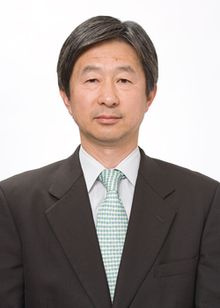 |
December 15, 2014 @ 13:00 - 13:30 in Materials Reliablity Session Dr. Seishi Tsuyama [CV] Strengthening Competitiveness of JFE Steel Corporation through Research and Development (R&D) Under the corporate philosophy of JFE Steel Corporation, “Contributing to society with the world’s most innovative technology”, JFE Steel Research Laboratory plots a decisive research and development strategy to enhance the competitiveness of steel industry. By overviewing the numerous technological tasks needing to be solved, the specific action policies are established as follows: ‘Innovative processes to improve the quality of products and protect the global environment’, ‘New products which have the unique and high performances’, and ‘Basic technologies which support the development of products and processes’....more |
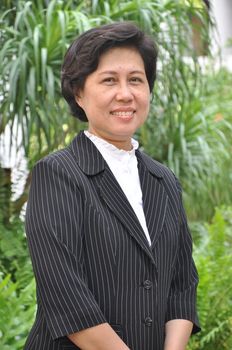 |
December 15, 2014 @ 15:00 - 15:30 Assoc. Prof. Dr. Attera Worayingyong [CV] La1-xA’xCoO3-δ Perovskite Type Oxides as Catalysts for VOCs Oxidation La1-xA’xCoO3-δ perovskite-type oxides is nonstoichiometry created by substituting the A-site (La) with a bivalent cation (A’=Sr, Ca). For charge balancing, oxygen vacancies form after oxygen desorption resulting structural defects, which are important not only for catalytic activity, but also for oxygen mobility within the perovskites. In the oxidation atmosphere, adsorbed oxygen from the gas phase at different vacant sites leading to charged oxygen adsorption O2¯, O¯, O2¯, play the roles in the catalytic oxidation of volatile organic compounds (VOCs) such as paraffins, and aromatics. Schiff base complex sol-gel method could be used to produce high adsorbed oxygen perovskites type oxides....more |